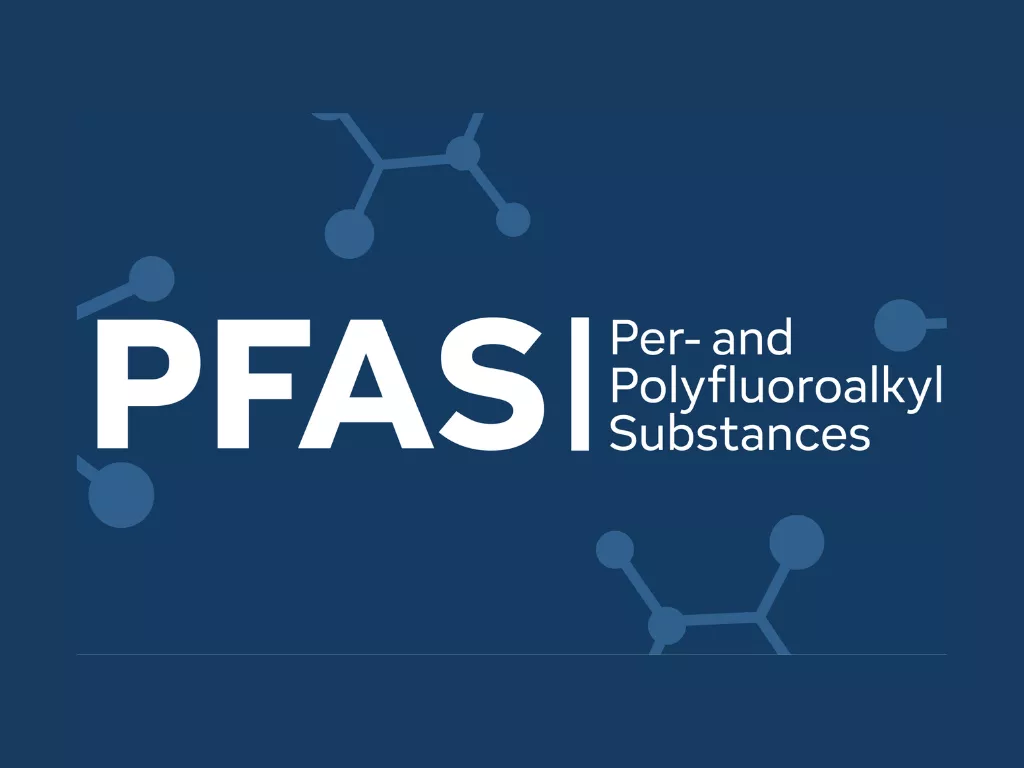PFAS: How ‘Forever Chemicals’ Impact Medical Devices
14 February 2025
Introduction:
Since 1940, per- and polyfluoroalkyl substances (PFAS) - a class of artificial compounds, have been used globally in a variety of industrial and consumer items. Widely recognized in items like non-stick cookware, water-repellent clothing, carpets, and firefighting foams, PFAS are also present in medical devices and their packaging. PFAS are known as "forever chemicals" because of their strong carbon-fluorine linkages, making them highly persistent in the environment and the human body.

Discover more

Building Better Digital Experiences with Information Architecture
In today’s digital age, information is omnipresent. Whether it's websites, mobile apps, online platforms, or digital content, these elements have become integral parts of our...

Revolutionizing Rural Healthcare: How AI is Shaping the Future of Telemedicine
Introduction Telemedicine has revolutionized healthcare delivery, particularly for underprivileged populations. For rural areas, where access to healthcare facilities is often limited, telemedicine has the potential...

Integration of AI into Medical Diagnostics: A Revolution in Healthcare
Artificial Intelligence (AI) is reshaping the landscape of medical diagnostics, offering unprecedented accuracy, speed, and personalization in disease detection. From advanced imaging analysis to predictive...
